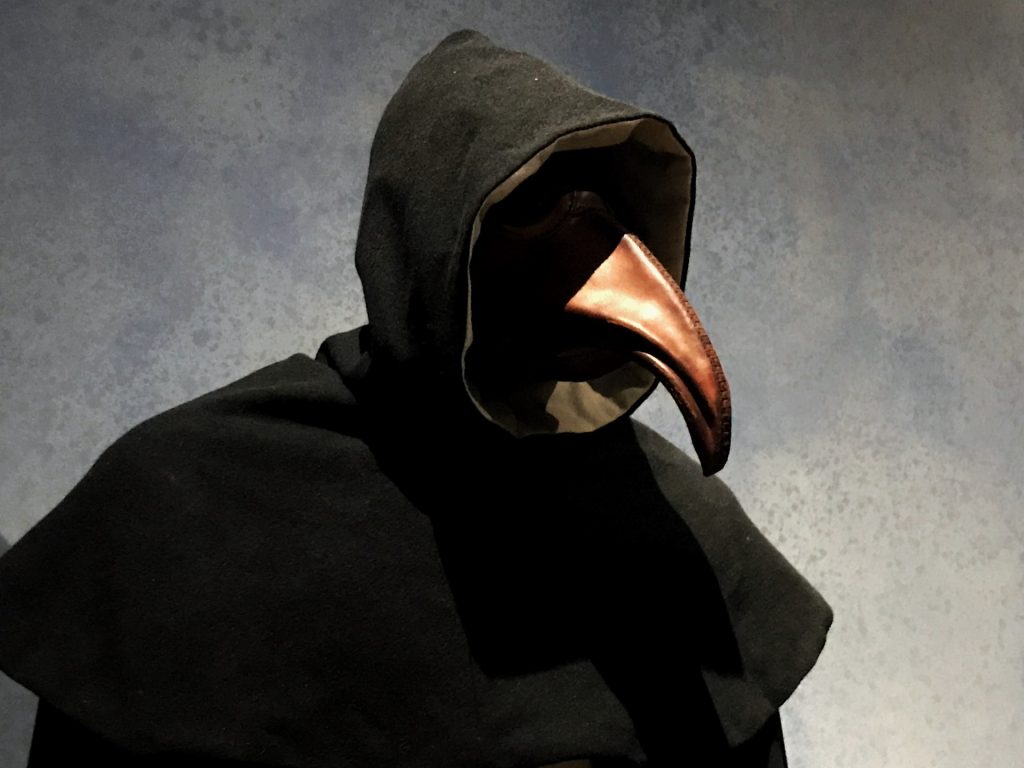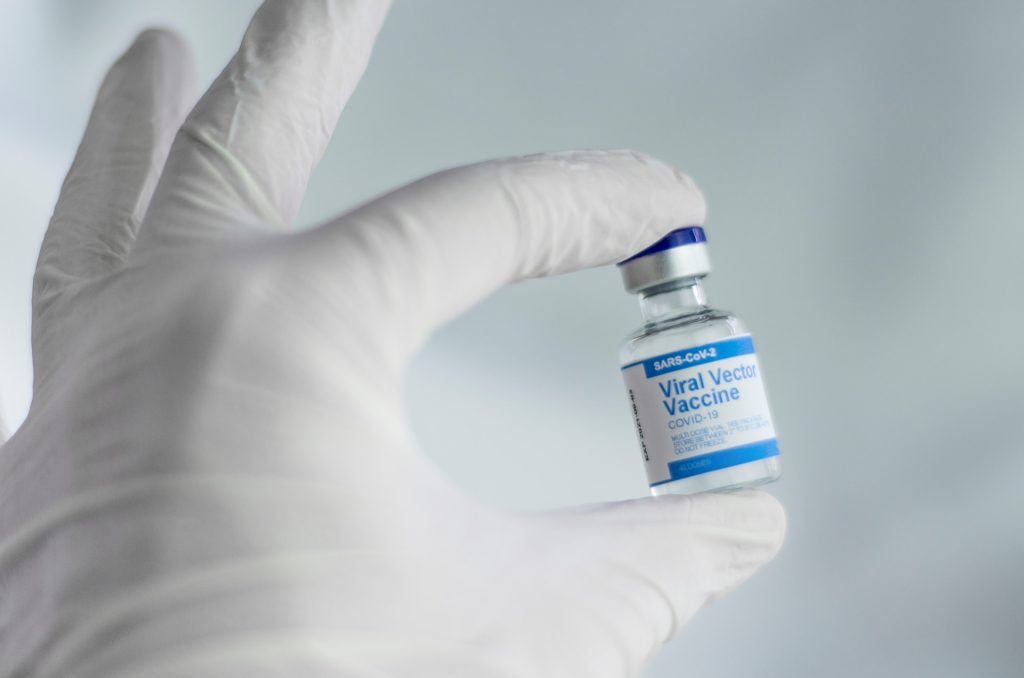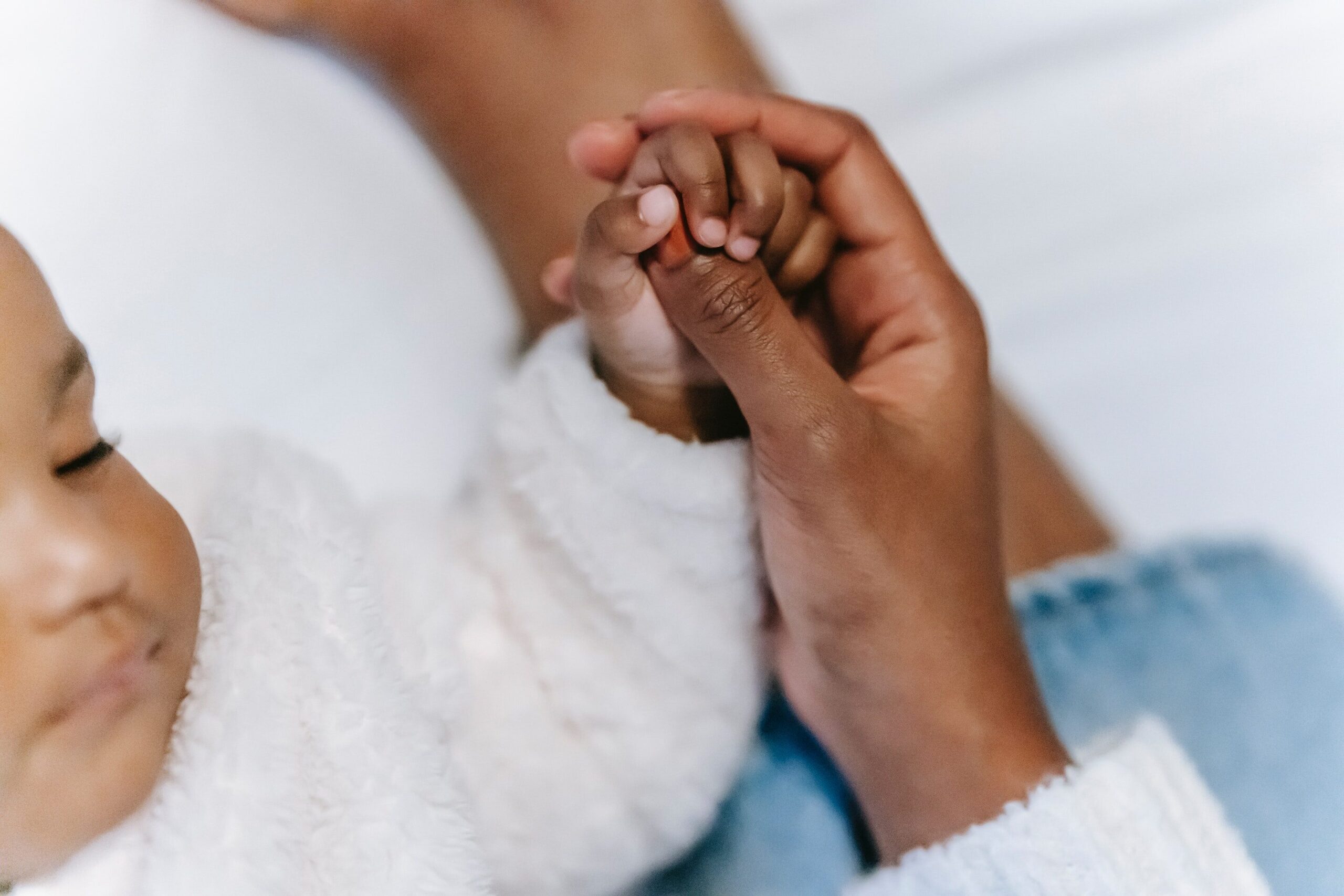The Phenomenon of Radon Gas ‘Health Spas’

While radon is commonly known as a radioactive gas that sometimes builds up in basements, people in pain travel to Montana in the US to be surrounded by it. The visitors view the radon exposure as low-dose radiation therapy for a long list of health issues.
But the Environmental Protection Agency and the World Health Organization, among others, list the gas as the second-leading cause of lung cancer. Though radiation is used to kill cancer cells, in the US, using low doses for other ailments is disputed – one such debated use is treating respiratory conditions. Clinical trials are testing whether low doses of radiation can help treat COVID patients.
But radon gas is not the same as the targeted radiation in radiotherapy. It can be inhaled, making it particularly dangerous. Sitting in a radon-filled room and radiotherapy are as different as “chalk and cheese,” said Brian Marples, a professor of radiation oncology at the University of Rochester.
“In clinical therapy, we know exactly what the dose is, we know exactly where it’s going,” he said.
Prof Marples said much of the argument for radon’s therapeutic use stems from historical reports, unlike evidence-based research on clinical radiation. However, there is debate as to what level of radon gas exposure is harmful. Another concern is that the radon treatment in the mines is largely unregulated, and bodies like the EPA don’t have the power to mandate limits on radon.
Nonetheless, each year travelers head to western Montana, where four inactive mines with high levels of radon are within 18 kilometres of one another. Radon gas forms from the radioactive decay of naturally occurring uranium in the bedrock and has a short half-life. In the Merry Widow Health Mine, visitors can bathe in radon-contaminated water or simply sit and work on a puzzle.
For owner Chang Kim, 69, his business helps treat chronic medical conditions such as arthritis or diabetes. Adherents claim radon in low doses creates stress on the body, triggering the immune system to readapt and reduce inflammation.
“The people coming to the mines, they’re not stupid,” Mr Kim said. “People’s lives are made better by them.”
He learned about the mines 14 years ago when his wife, Veronica Kim had developed a connective tissue disease which crumpled her hands and feet. Traditional medicine wasn’t working for her. After takim=ng two sessions a year in the mines ever since, Veronica smiles when she shows her hands.
“They’re not deformed anymore,” she said, adding she’s been able to reduce her use of meloxicam for pain and swelling.
Radon users point to European countries such as Germany, where the controversial radon therapy can still be prescribed for various conditions.
In the US, the EPA maintains that no level of radon exposure is risk-free, noting it is responsible for about 21 000 lung cancer deaths every year. The agency recommends that homes with radon levels of 150 Becquerels (radioactive decays per second) per cubic metre or more should have a radon-reduction system. The EPA derived this value from lower values being subject to false negatives, and it being an achievable level with radon-reduction systems. By contrast, the owners of Montana’s oldest radon therapy mine, Free Enterprise Radon Health Mine, said their mine has an average of about 64 000.
The federal guidelines are “a bunch of baloney” according to Monique Mandali, who lives in Helena, about 40 minutes from the mines, and tries to fit in three sessions at Free Enterprise a year – 25 hours of exposure spread out over 10 days for arthritis in her back.
“People say, ‘Well, you know, but you could get lung cancer.’ And I respond, ‘I’m 74. Who cares at this point?'” she said. “I’d rather take my chances with radon in terms of living with arthritis than with other Western medication.”
Antone Brooks, formerly a scientist at the US Department of Energy and who studied low-dose radiation, is one of those who believes the low dose threshold is excessive.
“If you want to go into a radon mine twice a year, I’d say, OK, that’s not too much,” he said. “If you want to live down there, I’d say that’s too much.”
In the early 1900s, before antibiotics were popularised, small doses of radiation were used to treat pneumonia with reports it relieved respiratory symptoms. Since then, fear has largely kept the therapeutic potential of low-dose radiation untapped, said Dr Mohammad Khan, an associate professor with the Winship Cancer Institute at Emory University. But amid the pandemic, health care providers struggling to find treatments as hospital patients lie dying have been giving clinical radiation another look.
Patients who received low doses of radiation to their lungs were weaned off of oxygen and were discharged from hospital sooner than those without the treatment. Dr Khan said more research is necessary, but it could eventually expand clinical radiation’s role for other illnesses.
“Some people think all radiation is the same thing, that all radiation is like the Hiroshima, Nagasaki bombs, but that’s clearly not the case,” Dr Khan explained. “If you put radiation in the hands of the experts and the right people – we use it wisely, we use it carefully – that balances risk and benefits.”
Source: News-Medical.Net











